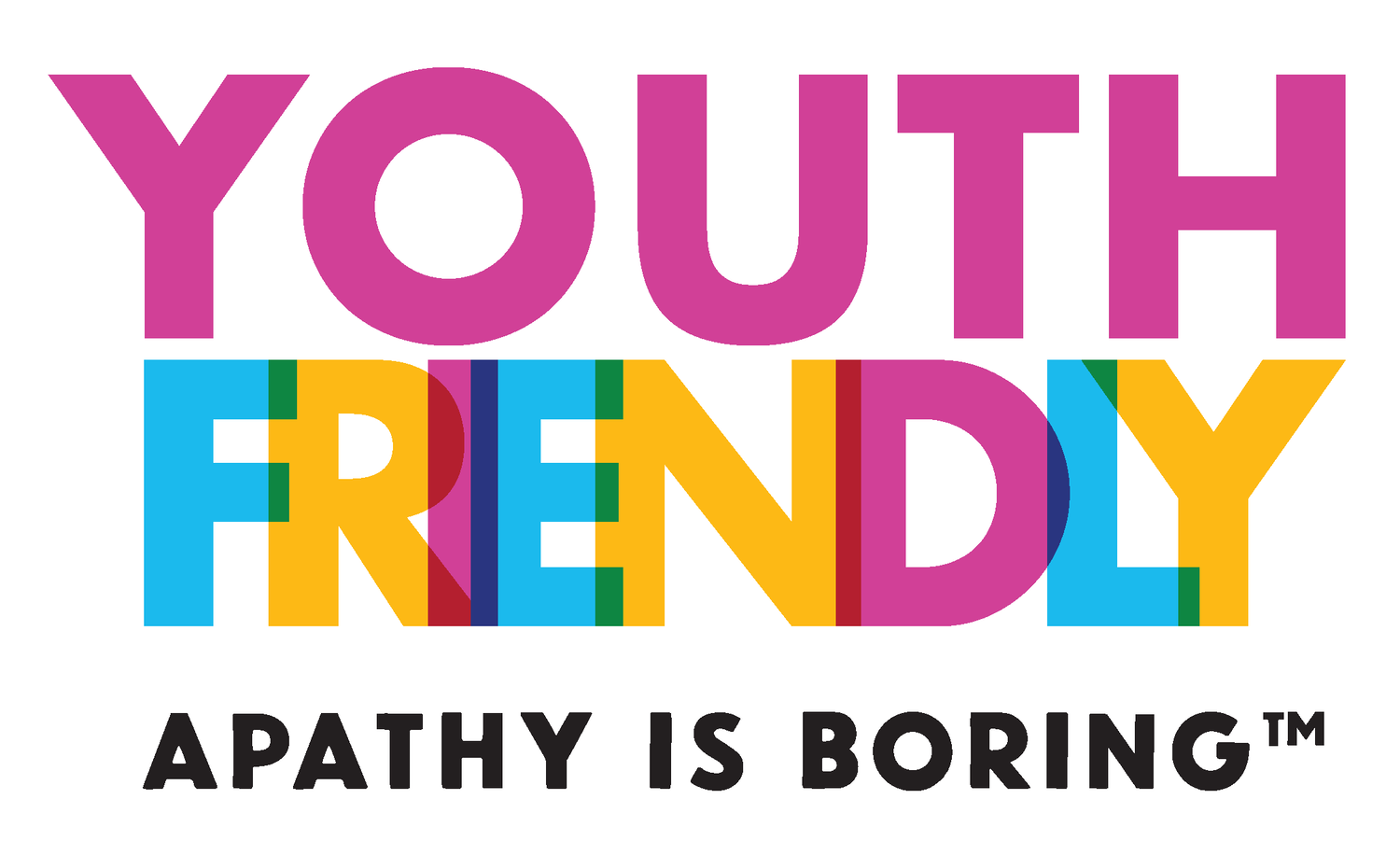EVALUATING OURSELVES
THE LADDER OF YOUTH ENGAGEMENT
To understand the state of youth engagement in your organization, Apathy is Boring has adapted a widely used tool called the Ladder of Engagement. First introduced by Roger Hart in a United Nations report on children, the ladder provides a benchmark for your own process through which youth can progressively build capacities while being put in touch with the consequences of our decisions(1).
Tips for using the ladder:
You need to pay careful attention to the real impact youth involvement has within your work. Ask yourself: how might things have gone differently if youth weren’t present in decision-making spaces? If you have trouble seeing where youth input changed your direction, you may be at the start of the ladder.
More importantly, ask the youth involved where they feel their ideas were integrated and/or implemented. What may look like shared decision-making from the organization’s side may actually be tokenistic if youth have a different perspective.
The ladder isn’t a roadmap for board takeovers by youth or banishing existing older members from every decision-making space. It’s about clearly outlining the terms of real equal partnerships between youth, and older adults and elders. Honestly reflect where you are at, and where you want to be on the ladder.
The key is to be honest about the levels of engagement you practice. Give young people opportunities to climb the ladder, and regularly revise your strategy based on their feedback.
Remember
A young person giving programming input that isn’t being applied may actually end up becoming less engaged than a young person assigned to office tasks, who is informed and conscious of the limitations of their position. The difference lies in open and honest communication. Youth understand that smaller actions contribute to a larger goal, but you need to be explicit and honest about the nature of their contributions and your expectations.
Evaluating efforts based on a clear standard helps you to ensure that both you and the youth involved are getting the greatest benefit of a youth engagement initiative. By understanding where you land on the ladder as an organization, you become capable of clearly communicating your needs and expectations to the youth you’re working with, thereby fostering transparency and mutual trust. The Ladder of Youth Engagement can help you reflect about where your initiative stands, and give you ideas about what your next steps can be to take it to the next level.
THE LADDER OF YOUTH ENGAGEMENT
Youth-led
Within an organization, young people comprise the majority of the board of directors, staff members and volunteer base of the organization. Initiatives are also youth-led when young people are the ones making decisions not only about content and activities but also how resources are used and allocated. Their decisions and actions speak to the audience they are trying to reach and engage.
Strong Intergenerational Partnership
Youth are empowered to hold top positions and initiate important decisions, including those concerning budget, hiring, and vision, with appropriate and reciprocal senior member support.
Shared Decision-Making
Youth and older adults jointly initiate and shape fundamental decisions with tangible impact in practice and youth perspectives are not only valued by being taken seriously and applied faithfully when and where possible but also compensated when possible/appropriate.
Older Adult-led Projects
Older adults initiate partnerships, but afford youth some input in decision-making.
Superficial Inclusivity
Youth get assigned to tasks by decision-makers, but are at least informed or peripherally consulted. Most youth-facing services and non-leadership volunteer programs aim only for this level of engagement.
Tokenism
Youth are symbolically included in the decision making process, but in a powerless, under-informed, and unaccountable way.
Decoration
Youth’s images, presence, and names are used to bolster a cause without any real involvement or consultation.
Manipulation
Youth don’t have an understanding of the issues or choices they are appearing to speak out about, but are made to act as if they do.
(1)- Hart, “Children’s Participation: From Tokenism to Citizenship.” 8-14.